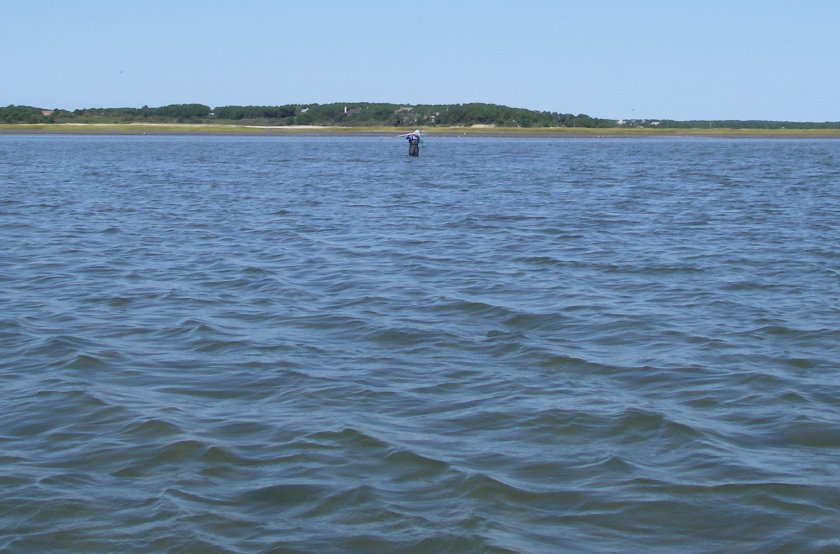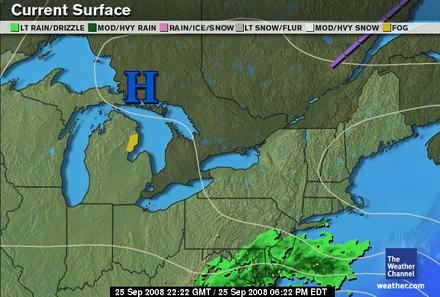As September chill grips Cape Cod, terrapins head for winter slumber (brumation). Only a few remain active late into the month and they become extremely difficult to find, less active and spending more of their time underwater, surfacing less frequently for air.
The Run in South Wellfleet
If you’re looking for turtles to sample this late in the month, one of the best places to try is the Run, a wide, shallow inlet south of Lieutenant Island linking many of the salt marsh channels where terrapins are known to brumate. Wednesday’s weather was clear with a brisk northeast wind off the Atlantic Ocean. The air temperature hovered around 60 and the water held in the mid to upper 50s. My legs froze while Sue more intelligently chose waders over bathing attire.
Sue Wieber Nourse Captures Female Terrapin 2149
Low tide came a 2:30 pm. In the Run, low tide marks the best chance to capture terrapins in the shallow, clearer water. Our first capture was an 11-year-old female that Sue spotted as the turtle raced up channel toward the marsh creeks. We had last observed this terrapin during field school on July 10th as she nested on a sandy bank just off Lieutenant Island. Since then she had gained nearly 200 grams for the long winter ahead.
Click Here to Watch Video in High Quality
Sue Wieber Nourse Hand-Netting Terrapins in the Run
Sue found the male terrapin, lazing motionless on the bottom. it was the first time we had captured this male that measured 12 centimeters long and weighed a little under 300 grams; that is, about 3/4 the linear length and 1/3 the mass of the female.
Foul Weather Approaches the Outer Cape
With a meteorological depression heading for the Great White North tomorrow and Saturday forecast to pound the Outer Cape with rain and wind and cold, chances are that this adorable couple will be the last adult terrapins we will capture until field season returns in late April. If history repeats, we will see a few more nests emerge until mid-October, and occasionally we will be confronted in the fall or in very early spring with a cold-stunned adult that didn’t find a particularly safe brumation site. For our active collection program, though, the gavel has sounded for the 2008 field season.


